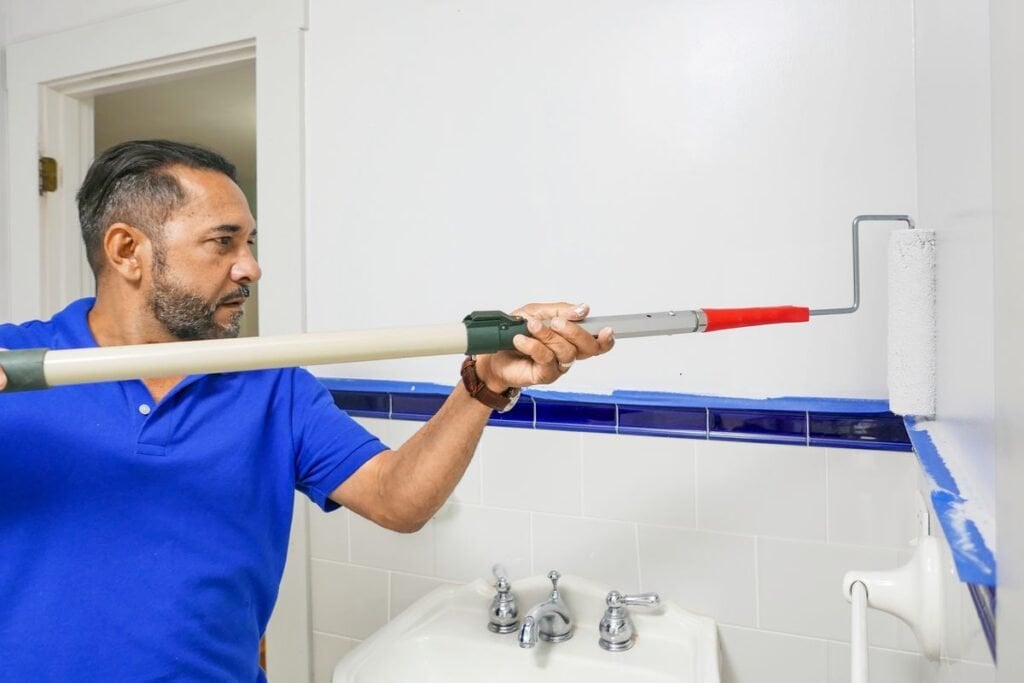If you need to paint already painted walls you need to repaint them, you may have not touched them in a while, so you may need to fill in holes and fix any stains before painting. You may want to use a primer and cover any holes with a patching compound before painting over them.
Primer
While primer is the best way to paint already painted walls, not all paints are suitable for this task. Some paints will require several coats, while others are suitable for one or two coats. Before painting, ensure that your wall is clean, smooth, and free of greasy spots. You can also clean the surface with a damp cloth.
To apply primer, prepare the wall surface by sanding it with very fine grit sandpaper. Then follow the manufacturer’s guidelines on the side of the can. After sanding, wipe the wall with a damp cloth or sponge. Allow the surface to dry before applying the second coat of paint.
If you have stains on your wall, you may need to prime it before painting. This will prevent the stains from coming through the paint, as the primer will act as a sealant.

Filling in holes and cracks
Before you start painting, you should make sure your walls are free of any cracks and holes. You will notice that paint cannot cover up these imperfections, so you should fix them before you apply the new paint. Luckily, repairing holes and cracks is not a difficult process and can even be done by a beginner. First, scrape off any loose material. If the crack is too big to fill with paint, you can use a filling knife. Next, cut an inverted V-shaped groove in the crack and fill it with filler.
The process of filling holes and cracks in already-painted walls is the same as when you paint a new wall. Before applying a patch, clean and dry the area thoroughly. If the cracks are shallow, you can use a small amount of concrete patching. Make sure to undercut the holes to give the concrete a better adhesive bond. After filling the hole, make sure that the texture of the patching material matches the texture of the surrounding walls.
To repair larger cracks and holes, you can either use spackle or joint compound. Both types of filler will work. For large cracks, you may want to use steel wool to pack the holes before applying the joint compound. A layer of newspaper will also help cover up any imperfections in the drywall.
Painting over a wall that hasn’t been touched up in a while
The first step to painting over a wall that hasn’t had a fresh coat of paint is to prepare the surface. A clean surface will make the paint adhere better. Make sure that you’ve removed all of the dust and dirt from the area. Sandpaper can also help remove raised sections from the wall. If you have nicks in the wall, you can fill them with spackling compounds.
When painting touch-ups, start from the center of the area and feather outward. Then let the area dry before you decorate. If you’re unsure about the exact shade of the original paint, consider hiring a professional painter to match it. A professional painter will be able to match the color of your original paint or repaint the whole wall to bring the area back to its original look.



